LA Minority and Underserved Groups Get Intro to Outdoor Activities Through CSUN Program
The wind picked up on what was supposed to be a calm, 95-degree September day on Castaic Lake, and suddenly no matter how hard Melony Varnado tried to steer her paddleboard left, it blew right.
Under normal circumstances, this could have been alarming for Varnado, who had never been on a paddleboard before. But a certified California State University, Northridge instructor was there to teach her how to lay down on the board and paddle herself to safety.
“It was the perfect circumstance for learning how to navigate bad weather,” said Varnado, a marketing professional in Los Angeles. “It’s very reassuring that someone is going to teach you these things and how to do these activities safely.”
Varnado was participating in a CSUN program called Re/Connecting People with Parks. The idea is to provide a free, expert-guided introduction to outdoor activities for people in the Los Angeles area. Events are held at Antelope Valley Poppy Reserve, Castaic Lake, Placerita Canyon and Topanga Canyon, including hikes and bird watching.
The program’s primary goal is to foster interest in the outdoors, especially among minorities and underserved populations who face barriers to outdoor activities such as paddling, due to transportation challenges and equipment rental costs. The program is coordinated by Mechelle Best, chair of CSUN’s Department of Recreation and Tourism Management.
“One of the goals is to break down the myth that minority groups don’t belong outdoors,” Best said. “We definitely want to get people interested in the outdoors. It’s also to show people there are careers in these fields. A lot of groups are not used to seeing people from their backgrounds in the outdoors in the first place, and are not used to seeing people from their backgrounds who have careers in these activities. By offering them opportunities to do [the activities] a couple of times, it helps to build interest.”
A key component of the Re/Connecting People with Parks program for the fall 2017 semester has been “Paddle Safe and Leadership,” a series of classes at CSUN’s Aquatic Center at Castaic Lake State Recreation Area, the program that attracted Varnado to the lake. From September through November, certified instructors have taught small groups of community members and students how to kayak, canoe or stand-up paddle. The goal was to get a group of students to progress through a series of classes, but it was also OK for community members to attend individual sessions (which often turned out to be the case). In addition to water sports skills, group members received leadership training to help them encourage their family, friends and community members to try water-based recreation activities. All activities on the lake are supervised by CSUN staff who are certified lifeguards.
In addition to funding by CSUN’s Center for Recreation and Tourism, the project has two outside funding sources: a California State Parks Foundation grant that lasts a full calendar year, and a grant from prAna, a lifestyle clothing company that offers sustainable gear for yoga, travel and outdoor adventure enthusiasts. The prAna Explorer Grant, which is dedicated to the Paddle Safe and Leadership activities, is administered by the Outdoor Foundation, a national nonprofit organization dedicated to inspiring and growing future generations of outdoor leaders and enthusiasts. The prAna Explorer Grant targets community members age 15-25, and projects were selected based on their innovation, likelihood of increasing outdoor participation, number of youth impacted, sustainability, partnership potential and budget factors. (Participants in the Paddle Safe and Leadership activities outside the 15-25 age range are funded through other sources.)
To recruit participants, Best has connected with a group called Outdoor Afro, a national nonprofit that connects African Americans and the outdoors, and Southern California Black Outdoor Adventurers, which works to spur interest among blacks and other minority groups in outdoors activities. The Re/Connecting People with Parks program also has attracted Boy Scout troops, members of CSUN’s Pride Center, the CSUN Student Housing affinity group Latinas Rising and members of CSUN’s Bridge to the Future program.
The Paddle Safe and Leadership fall cohort will wrap up Nov. 18 with a community day celebration at Castaic Lake State Recreation Area. The event is open to previous participants as well as newcomers of all ages. During two sessions, 9:30 a.m.-12 p.m. and 12:30 p.m.-3 p.m., the day will include certified instruction, as well as leisurely paddling on the lake. Participants in previous fall events also can bring friends and family to enjoy the lake and water sports. Registration is required.
The course will resume in spring 2018, from March through May, and will be open to both returning participants as well as new participants.
On Oct. 7, CSUN Aquatic Center Manager Chris Whitesides led a canoeing session with a small group that included Linus John Abraham, a CSUN electrical engineering graduate student, and three CSUN exchange students from University College of Northern Denmark: Emil Buus, Trine Jacobsen and Niels Nielsen.
Before getting in the canoes and out on the water, Whitesides led some informal classroom training, including preparation tips — finding clothes that can keep water out and keep heat in, depending on the situation. He taught the students about the pros and cons of various life jacket styles, and how to throw a rescue rope to someone stranded in water. Preparation, he said, is the key to a successful recreational outing.
“Think about: ‘How can I go out and have the most fun possible?’” Whitesides said. “If the wind picks up, if you forgot sunscreen, it can get not fun real fast. I want to get you to think ahead, so you can have as much fun for as long as possible.”
The Re/Connecting People with Parks program benefits more than just the individuals who partake, Best said.
“We want to grow interest in our natural resources,” Best said. “We want to grow stewardship of natural resources. We have children who come to these activities. They’re more likely to want to protect our natural resources. The earlier you engage in it, the more you practice it as you grow up. By exposing young people to it, we’re encouraging a new generation of stewardship.”

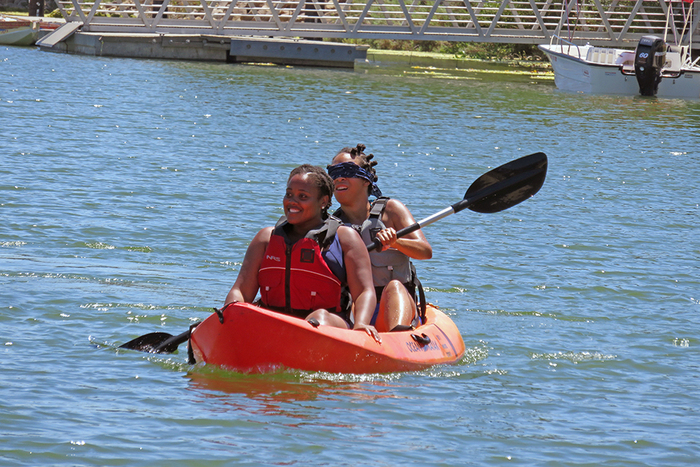

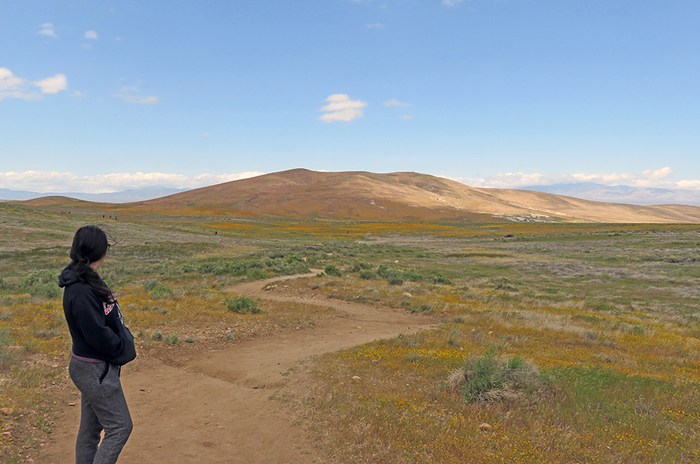
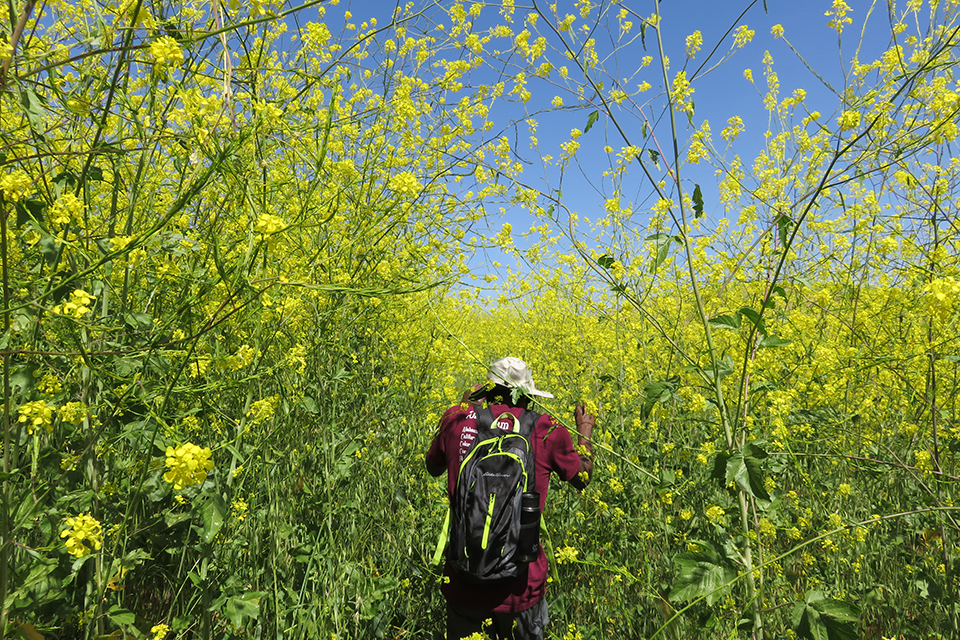
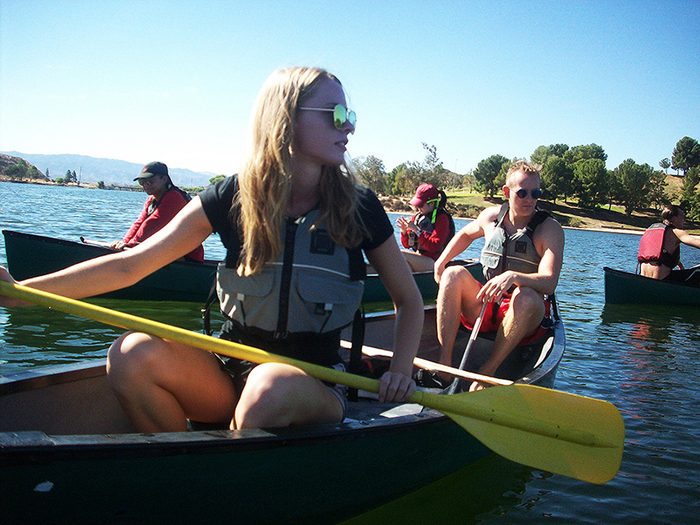
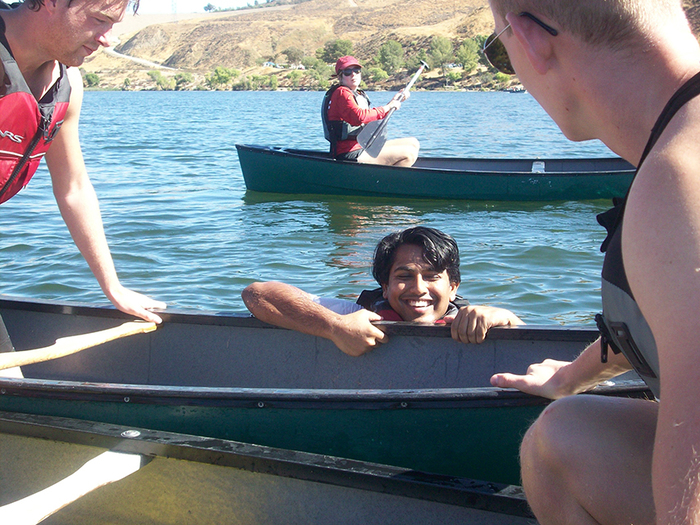
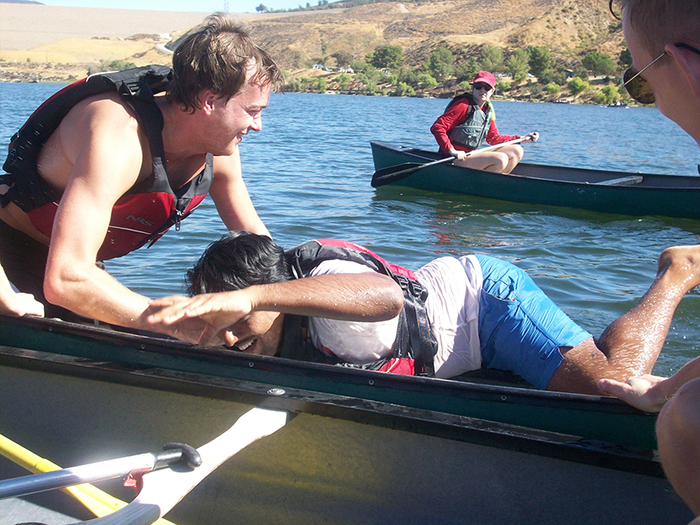
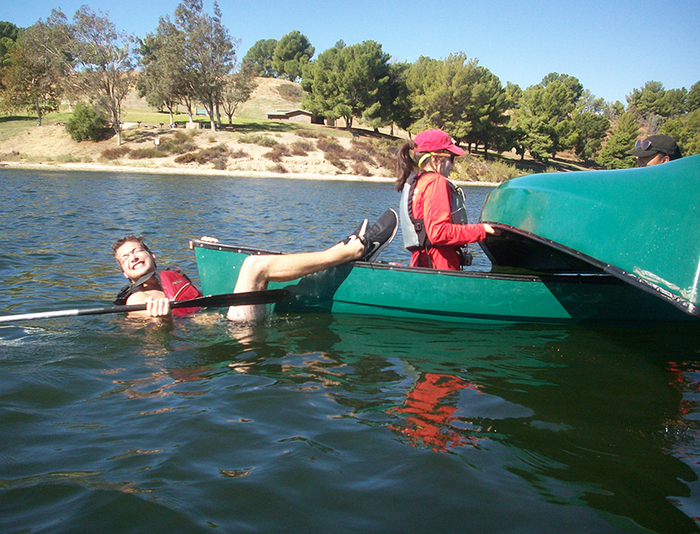
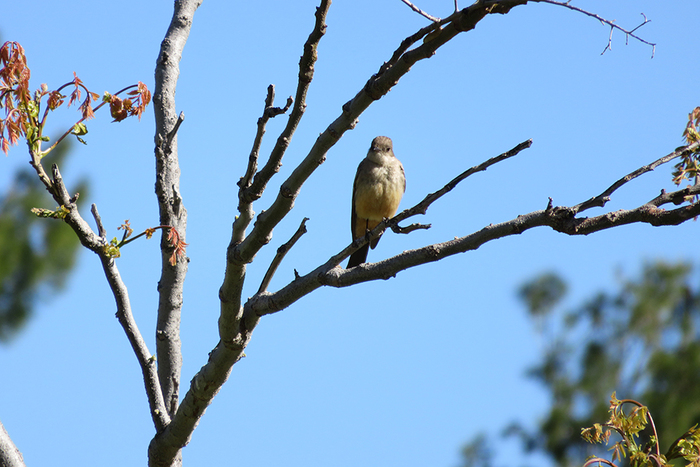


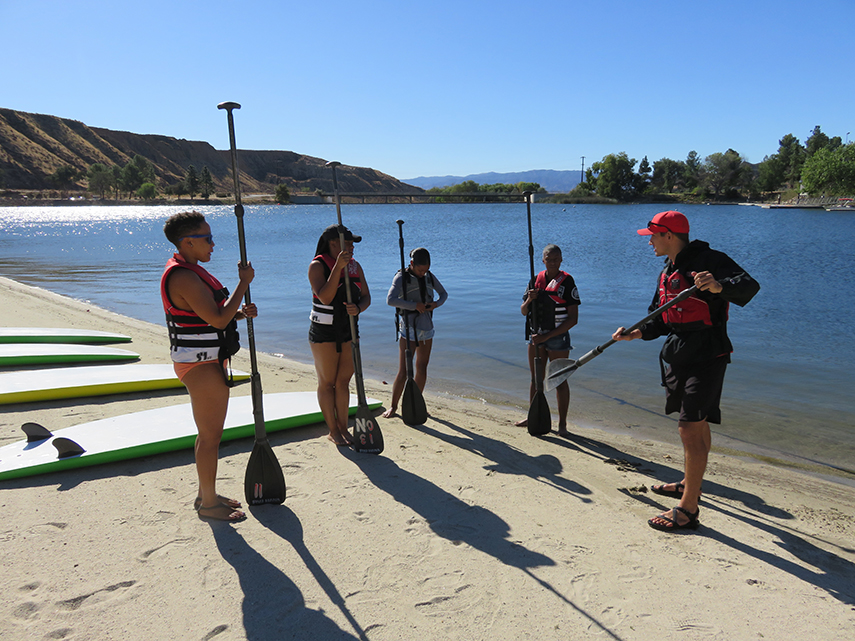
 experience
experience